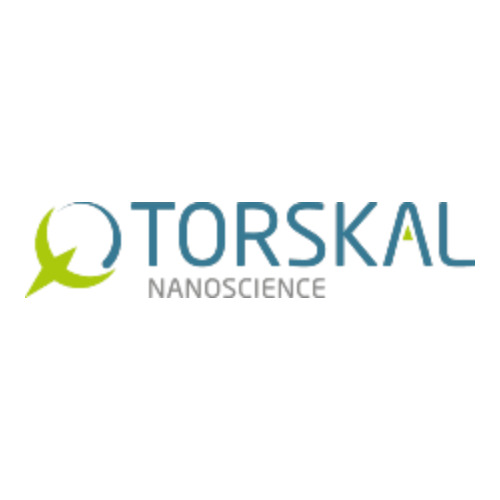
40nm gold nanoparticles: Key to advanced nanomedicine.
Gold nanoparticles have revolutionized various fields, including medicine, electronics, and materials science, due to their unique physical and chemical properties. Among the different sizes of gold nanoparticles, the 40nm gold nanoparticles have gained significant attention. This specific size offers distinct characteristics that make it highly effective in numerous applications, especially in nanomedicine and diagnostics.
Gold nanoparticles (AuNPs) are small gold particles with a size range between 1 and 100 nanometers (nm). The 40nm gold nanoparticles fall within this spectrum and possess unique optical, electronic, and molecular properties. These nanoparticles are notable for their spherical shape, uniform size, and stability, making them ideal for a range of applications.
The size of gold nanoparticles plays a crucial role in determining their properties and potential applications. The 40nm size is particularly advantageous because:
The unique properties of 40nm gold nanoparticles have paved the way for their use in various fields, particularly in medical research, diagnostics, and materials science.
One of the most significant applications of 40nm gold nanoparticles is in biomedical imaging and diagnostics. Due to their strong SPR effect, these nanoparticles can be used as contrast agents in techniques like optical coherence tomography (OCT) and photoacoustic imaging. When functionalized with specific antibodies or ligands, they can selectively bind to target cells or proteins, enabling the precise detection of diseases like cancer.
The 40nm gold nanoparticles are widely used as drug delivery vehicles. Their size allows them to cross biological barriers and deliver therapeutic agents directly to the target site. Additionally, these nanoparticles can be functionalized with various molecules, such as peptides, to enhance their selectivity and efficiency in targeting specific cells or tissues. This targeted delivery reduces side effects and enhances the therapeutic efficacy of treatments, particularly in cancer therapy.
In cancer treatment, 40nm gold nanoparticles have shown promise in photothermal therapy. When exposed to near-infrared light, these nanoparticles can convert light energy into heat, effectively destroying cancerous cells. The size of 40nm is optimal for absorbing light in the near-infrared region, maximizing the efficiency of the therapy while minimizing damage to surrounding healthy tissue.
The strong SPR signal of 40nm gold nanoparticles makes them ideal for biosensing applications. They can be used in lateral flow assays, such as pregnancy tests, to detect the presence of specific biomolecules. By attaching specific antibodies or nucleic acids to the surface of these nanoparticles, highly sensitive detection of proteins, DNA, or pathogens can be achieved in various diagnostic tests.
The synthesis of 40nm gold nanoparticles typically involves chemical reduction methods, where gold salts are reduced to form nanoparticles. Controlling the size and shape of the particles during synthesis is crucial, as these parameters directly influence their properties and applications. Functionalization, which involves attaching biomolecules or other agents to the nanoparticles’ surface, further enhances their specificity and functionality for various applications.
40nm gold nanoparticles possess unique properties that make them highly valuable in diverse scientific and medical applications. Their optimal size allows for enhanced surface plasmon resonance, increased surface area for functionalization, and efficient bioavailability, making them ideal for applications in imaging, diagnostics, drug delivery, and therapy. As research in nanotechnology continues to advance, the potential uses for 40nm gold nanoparticles are expected to expand, opening new avenues in the field of nanomedicine and beyond.
© 2024 Crivva - Business Promotion. All rights reserved.